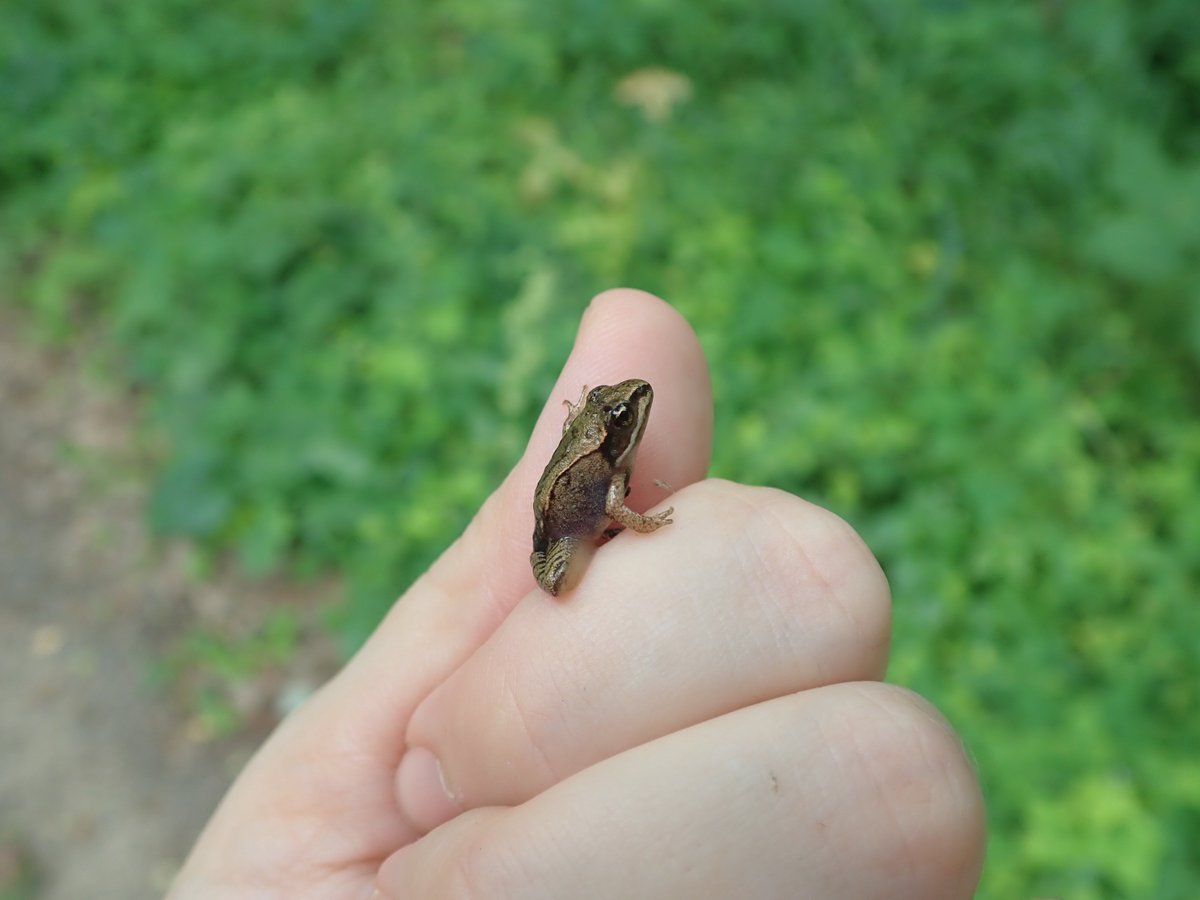Tomorrow the #wildlife pops class is going to collect data on #squirrel densities on SCSU’s campus...outside.
They designed their data sheet on Monday & will be using range finders and compasses to estimate distances to active squirrels and dreys (nests).
1/2 🐿 ❄️
They designed their data sheet on Monday & will be using range finders and compasses to estimate distances to active squirrels and dreys (nests).
1/2 🐿 ❄️

If you don’t hear from me again it’s because they’ve mutineed and buried me under the snow.
Wish me luck.
2/2 🐿 ❄️
Wish me luck.
2/2 🐿 ❄️
Outdoor #squirrel lab went well! Students collected data and then warmed up with hot chocolate and animal crackers as they determined population densities 

• • •
Missing some Tweet in this thread? You can try to
force a refresh














